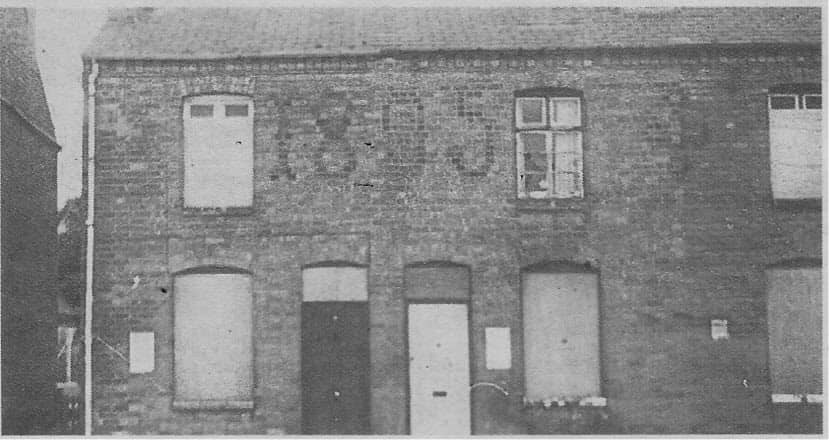
In the mid-1880s the population of Sutton Coldfield stood at around 8,000. By 1914 it had reached around 20,000.
The reason for this pronounced growth in population was that considerably more people were settling in Sutton than were leaving it.
The low death rate in the town reinforced the view that it was a healthy place to live.
When, for example, smallpox broke out in Birmingham in the 1890s, Sutton was barely touched.
Another reason that people increasingly chose to move to Sutton was the railway - it was possible to get to Birmingham in 35 minutes.
This growth in population led, of course, to a significant expansion of housebuilding.
Villas for middle class families were being built across the town. In 1895 we find the brick manufacturer Mark Lloyd living in a villa he had built in Victoria Road and offering sites for sale there for the building of villas (with, he hoped, his business supplying the bricks!).
Mostly these houses were rented - 'Sunnyside' and 'Northgate' in Holland Road were advertised in the 1890s for annual rents of between £25 and £33. (£1 at that time was equivalent to about £100 today). An examination of the census returns for Bishops Road - named after Bishop Vesey - tells us what the occupants of these houses did for a living.
Here we find a solicitor, a physician, a wine merchant, an adult education lecturer and manufacturers of various kinds. Many of the families who lived in these villas employed two servants.
In the centre of Sutton houses were being built for working people. Advertisements for the sale of land in this area regularly appeared in the newspapers. In 1890 Joseph Fawdry advertised building land in Newhall Street and Queen Street. The residents of these houses worked as coachmen, painters, gardeners and the like and they paid a weekly rent of 4s. A few of them may well have worked at a factory owned by Thomas Read on the corner of Lower Queen Street and Upper Holland Road. Under the name of Royal Sutton Mineral Waters. Read supplied water from the springs in Sutton Park. His water, he claimed, was 'pure as the lily'. Unfortunately he was declared bankrupt in 1906.
Glimpses into Sutton's Past 1800-1914 by Stephen Roberts is now available as a very handsome hardback, £15.99.
Associate Professor
Stephen Roberts